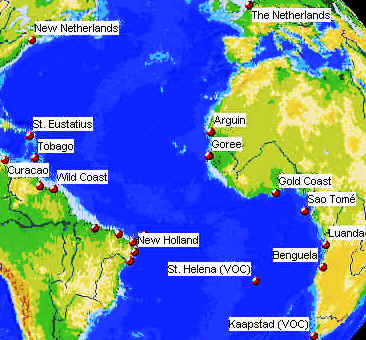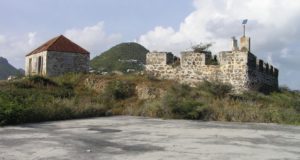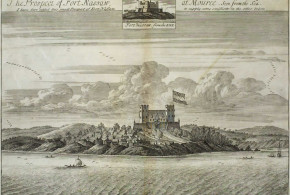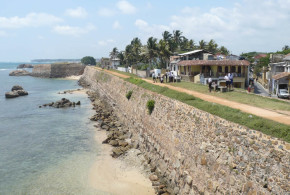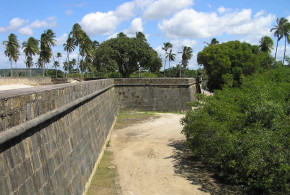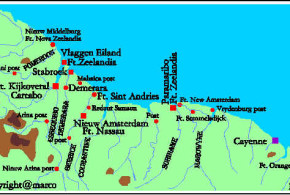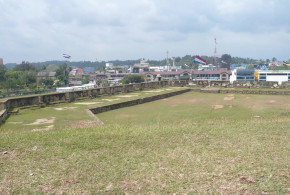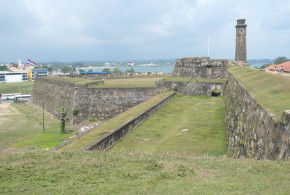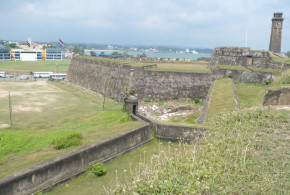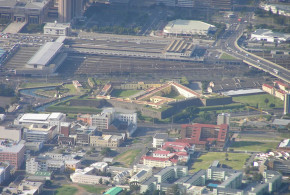This post is also available in:
![]() polski
polski
Written by Marco Ramerini. English text revision by Dietrich Köster.
The WIC (West-Indische Compagnie) Dutch West India Company was a Dutch trading company shaped after the example of the VOC (Vereenigde Oostindische Compagnie – Dutch East India Company). On June 3, 1621 it was granted a charter for the ‘right on shipping and trade’ and a 24 years monopoly of trade and navigation, conquest and commerce in the West by the Staten Generaal of the United Provinces of the Netherlands.
The WIC was authorized to make alliances with the natives of West Africa, America and the Pacific islands east of New Guinea; to build fortresses, maintain troops, garrisons and fleets. The area, where the company operated, was West Africa (the area between the Tropic of Cancer and the Cape of Good Hope) and the Americas (including the Pacific Ocean).
The company had five offices, called kamers: Amsterdam, Zeeland (Middelburg), Maze (Rotterdam), Noorderkwartier (Hoorn) and Stad en Lande (Groningen). The board consisted of 19 members, known as the Heeren XIX. The Heren XIX consisted of 8 representatives from Amsterdam, 4 from Zeeland and 2 from Maze, 2 from Noorderkwartier and 2 from Stad en Lande, the Staten Generaal had 1 representative. The Heeren XIX were to meet alternately in Amsterdam for six years and at Middelburg for two.
In the first years the company had a very aggressive conduct. The WIC was used in the Western Hemisphere by the Staten-Generaal as a military force in their war against Spain and Portugal, just as the VOC in the Eastern Hemisphere. In 1624 the WIC attacked and conquered the capital of Portuguese Brazil Salvador da Bahia. This town remains under Dutch control for a year (1624-1625), when a Portuguese-Spanish fleet retook it. During the 1620s several colonies were founded in North America (New Amsterdam, actual New York; Fort Orange, actual Albany).
In 1630 the WIC did a more durable conquest in Brazil: Dutch troops occupied Recife and Olinda in the capitanacy of Pernambuco. In the next years during the government of Johan Maurits von Nassau-Siegen, the Dutch control over Brazil extended to the coast between São Luis do Maranhão to the North until Sergipe del Rey to the South, pratically half of Brazil and thus the more prosperous part of it was under WIC control.
The apex of the WIC power was reached during 1640-1645. At that time the company controlled New Netherland (part of the present-day States of New York and Delaware, New Holland (part of Brazil), Curaçao, Aruba, Tobago and several other islands in the Caribbean, Guyana and Suriname, Fernando de Noronha, several forts along the African coast in Mauritania (Arguin), Senegal (Gorée), Ghana (Elmina, Axim, Mouree etc….), São Tomé and Anobom islands, Angola (Luanda and Benguela). For a few months a Dutch expedition occupied Valdivia and Chiloé in Chile in 1643, too.
(Map of the WIC Empire in the Atlantic.)
Then the things went wrong: Johan Maurits van Nassau-Siegen was called home and the Portuguese “moradores” rebelled against the WIC rule, after a long warfare a Portuguese armada retook Recife and the whole Dutch Brazil in 1654. In 1664, the English occuped New Amsterdam and renamed it New York. The WIC quickly declined until the Company was liquidated in 1674.
A new WIC was launched shortly after in 1675. Until 1743 this WIC maintained part of the original monopolies: the trading of African slaves and products such as gold. Afterwards the WIC was exclusively engaged in the administration of the remaining African and American overseas territories and fortresses until the Company was definitively dissolved in 1791.
BIBLIOGRAPHY:
– Boxer, Ch. R. “The Dutch in Brazil, 1624-1654” Oxford, 1957
– Boxer, CH.R., “The Dutch Seaborne Empire, 1600-1800” London, 1965
– Boxer, Ch. R. “Salvador de Sá and the struggle for Brazil and Angola, 1602-1686” London, 1952
This post is also available in:
![]() polski
polski
 Colonial Voyage The website dedicated to the Colonial History
Colonial Voyage The website dedicated to the Colonial History
